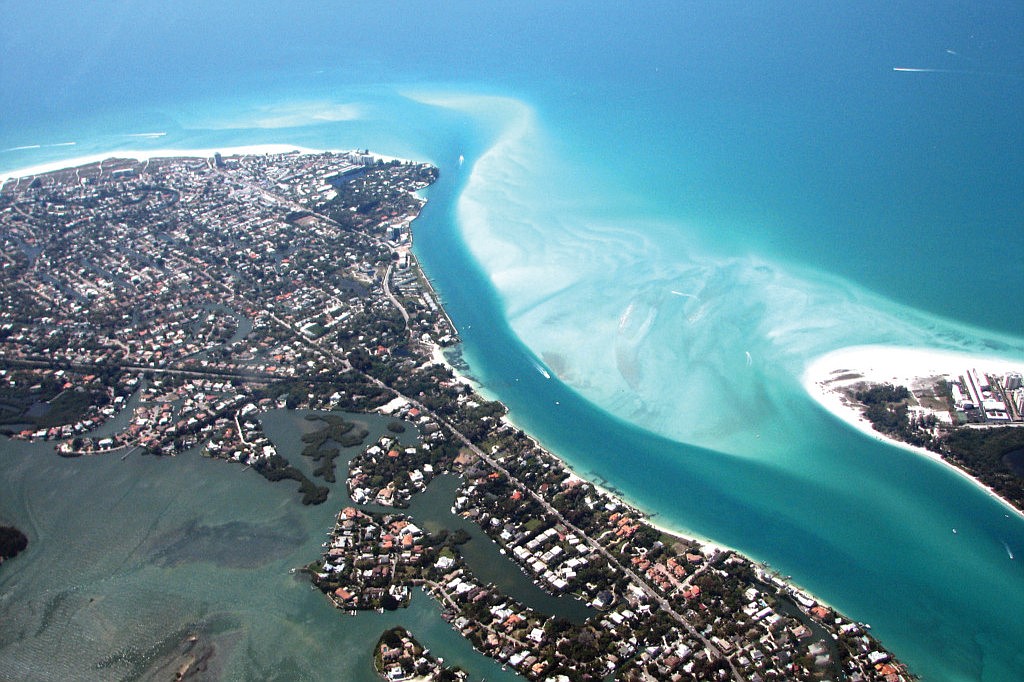- April 19, 2024
-
-
Loading

Loading

Plans for a U.S. Army Corps of Engineers project to mine Big Pass for Lido Beach sand made their public debut at a Wednesday meeting of the Sarasota County Coastal Advisory Board (CAC).
With about 40 people in attendance, U.S. Army Corps of Engineers Project Manager Milan Mora presented the estimated $22.7 million project to the public for the first time.
Mora outlined the project’s key features and addressed several concerns the project is likely to generate among area residents.
Mora said the project intends to construct an 80-foot-wide berm along a 1.6-mile stretch of Lido Beach. The 1.3 million cubic yards of sand needed for the project will likely have to come from Big Pass, Mora said.
“The city and the county have spent a lot of time, effort and funds to find offshore sources,” Mora said. “The only logical solution is to recycle sand in Big Pass.”
Mining New Pass has not been completely ruled out, however, Mora said. But a sand-sharing agreement between the city of Sarasota and Longboat Key excluded New Pass from the project’s first round of sand mining.
Mora called other proposed sources for Lido Beach sand, such as Egmont Key and offshore shoals, “impractical.”
Mora acknowledged concerns about the inclusion of three erosion-control jetties, known as groins, in the Army’s plans.
Mora said the three groins, between 250 to 500 feet in length, would impede the erosion of Lido Beach and extend the renourishment cycle from three years to five years — potentially saving the county millions of dollars in the long run.
“Groins are not meant to stop the flow of sediment at the expense of downstream beaches,” Mora said, acknowledging concerns among Siesta Key residents that the groins will impede the southerly flow of sand down Sarasota’s beaches, potentially cutting off Siesta Beach from its natural source of renourishment.
In response to a question about the necessity of the groins in the project’s plans, Mora said excluding the groins from the plans would “send the whole project back to the drawing board,” potentially delaying its implementation by 12 to 15 years.
“Our modeling depends on the groins,” Mora said.
Mora also said the proposed dredging of Big Pass will not affect nearby beaches.
“The computer model gives no indication of increased erosion on Siesta Key,” Mora said, referencing computer modeling of potential impacts of mining Big Pass shoals for sand.
Mora added that the dredging of the Big Pass shoals would have “minimal” impacts on the navigability of the pass.
To receive congressional approval, the Army Corps justified to Congress that the project was financially prudent and environmentally sound. Mora said the project was initially authorized in 1999, and a congressionally authorized feasibility study was completed in 2004.
Mora said he hopes to start the permitting process in one to two months, and the project could break ground as early as 2015, depending on what funding Congress is willing to provide.
The project will next be presented Oct. 22 to a joint meeting between the Sarasota City Commission and the Sarasota County Commission.